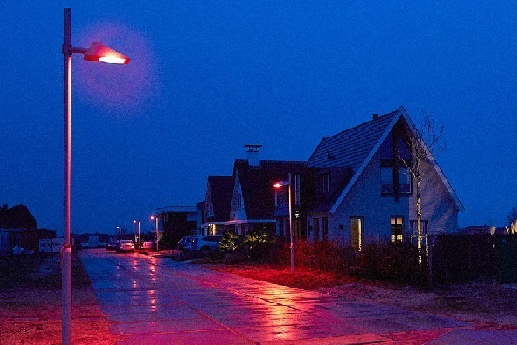Lights, bats, and buildings: investigating the factors influencing roosting sites and habitat use by bats in Grand Teton National Park
Abstract
Free-flying bats are highly affected by artificial night lighting, causing individuals to either 1) gather in unnaturally high densities around the light sources to exploit insects, or 2) travel increased distances to avoid light exposure. Similarly, nocturnal insects are disproportionately attracted to night lighting, trapping them until they die of exhaustion. The advent of new lighting technology which may decrease the impacts of night lighting on bats and insects by primarily producing light at wavelengths these animals are not sensitive to (i.e. in the red portion of the spectrum) is promising, however no studies have shown this at a large scale, and not in North America. Similarly, many studies on the effects of lights on bats, in general, have been on European species, and thus our overall understanding of how North American species are affected is low. Grand Teton National Park, Wyoming, provides an excellent natural system to study the effects of lights on bat behavior, as well as to test possible mitigation methods, as the park supports a large community of over a dozen species, as well as sizeable human infrastructure that generates night light. From June through September, 2019, we undertook a large-scale, blocked experiment examining bat activity and space use in Colter Bay Village under both traditional street-lighting, as well as new “bat friendly” street lighting. Using both passive echolocation records and radiotelemetry, we collected data that will allow us to examine the ability of red LED streetlights to mitigate artificial light’s negative impacts on bats and insects.
Featured photo from figure 2 in report.

